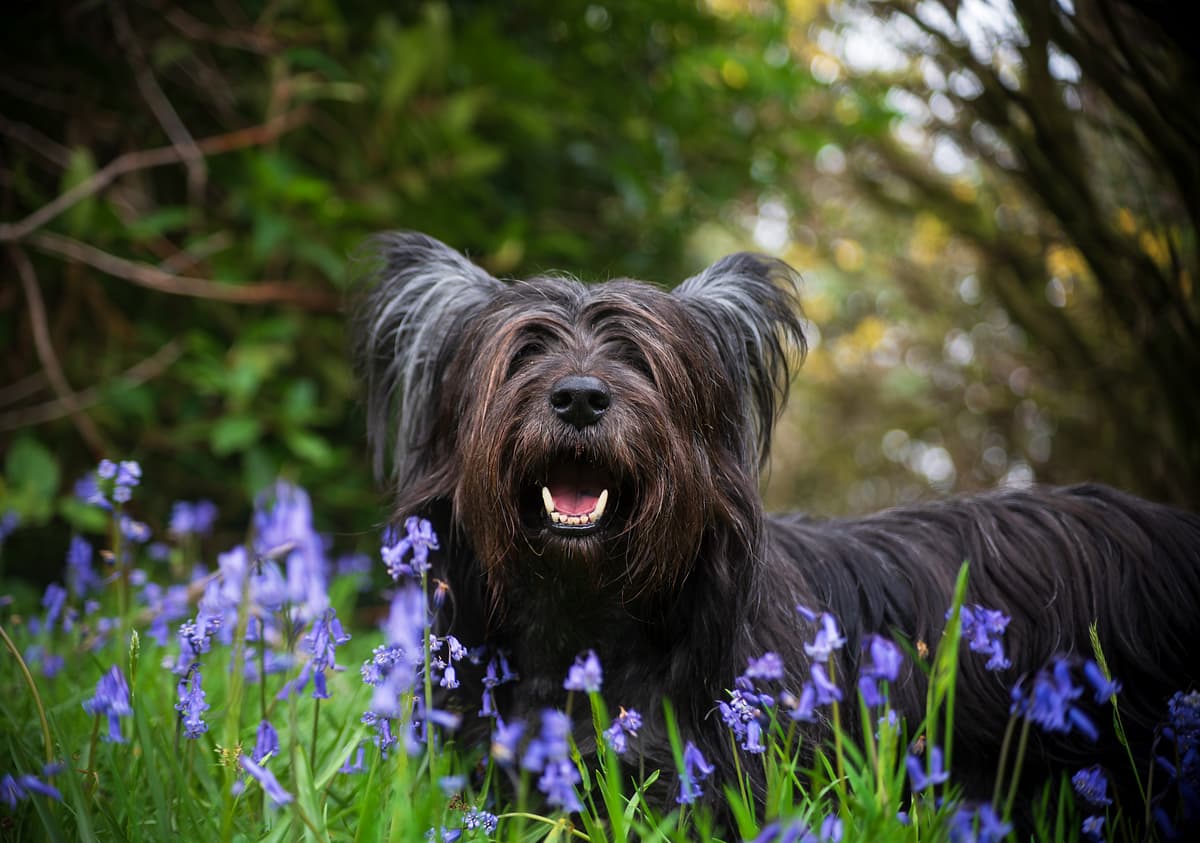Skye Terrier vs English Bulldog
Discover the differences between Skye Terrier and English Bulldog to make the best choice for your situation.
Try different breeds

Skye Terrier
Loyal, dignified, and fearless, this breed combines a striking long coat with a spirited yet affectionate nature. Skye Terriers thrive as devoted companions and excel at forming strong bonds.

English Bulldog
Stocky, courageous, and affectionate, this breed charms with its wrinkled face and calm nature. Loyal and gentle, it thrives as a loving family companion.
Quick comparison
Small
11–18 kg
Double coat, long and straight
12–14 years
10–16 kg
Moderately active
Medium
23–25 kg
Short, smooth
8–10 years
18–23 kg
Low activity needs
Personality & behavior
Compare the personality traits and behavioral characteristics of both breeds.
Skye Terrier
Reserved with strangers, loyal to family members
Quick learner, responds well to training
Moderate activity needs, enjoys daily walks
Enjoys play, but not overly boisterous
Adjusts to change, prefers stable routines
English Bulldog
Affectionate and gentle with family and children
Learns basic commands with some patience
Prefers lounging over vigorous physical activity
Enjoys play but tires fairly quickly
Adjusts well to most living environments
Care needs
Exercise, grooming, and daily care requirements
Skye Terrier
Degenerative disc disease, hypothyroidism
English Bulldog
Brachycephalic syndrome, skin fold infections
Suitability
How well each breed fits different living situations and families
Skye Terrier
Moderately suitable
Needs patient training and early socialization to thrive with new owners
Excellent fit
Small size and moderate activity make them well-suited for apartments
Somewhat suitable
Enjoy play but do not require high-intensity exercise daily
Not ideal
Can be wary of rough handling and may not tolerate very young children
Cautiously compatible
May be territorial and less tolerant of other pets without proper introduction
Prone to anxiety
Dislike being left alone for extended periods and may develop separation issues
English Bulldog
Good option
Easygoing, low-maintenance nature suits owners with limited dog experience
Excellent fit
Moderate exercise needs and calm demeanor work well in small living spaces
Not ideal
Low stamina and breathing issues make them unsuited for high-activity lifestyles
Very suitable
Gentle, patient, and tolerant with young children when properly socialized
Usually compatible
Generally sociable but may need guidance with other pets, especially dogs
Not recommended
They struggle with long periods alone and are prone to separation anxiety
Breed strengths
What each breed excels at and their best qualities
Skye Terrier
- Loyal to close family members
- Effective small game hunting instincts
- Adaptable to indoor living spaces
- Low-shedding, manageable double coat
- Alert and reliable watchdog
English Bulldog
- Affectionate with family members
- Generally good with children
- Low exercise requirements
- Minimal grooming needs
- Adaptable to apartment living
Challenges & considerations
Potential challenges and considerations for each breed
Skye Terrier
- Prone to stubborn, independent behavior
- Needs consistent early socialization
- Requires careful handling due to long back
- Reserved with strangers, slow to warm up
- Susceptible to orthopedic health issues
English Bulldog
- Prone to respiratory problems
- High risk of overheating
- Susceptible to skin infections
- Can be stubborn during training
- Tends to drool frequently
Ready to choose your perfect breed?
Learn more about each breed or compare other breeds to find the perfect match for your lifestyle.
Discover more helpful tools
Make use of our other free tools to get the most out of your pet experience
